Central Missouri’s broadcasting capabilities received a major upgrade this fall in way of a brand new TriCaster, cameras and a 24-foot broadcast trailer.
Art Rennels, chair of the school of communication, history and interdisciplinary studies, said the $250,000 project was approved by the office of the provost and included the athletics department and Athletic Director Jerry Hughes.
The new TriCaster is a NewTek TC1 that allows 16 cameras to be connected at once; the previous system allowed just four. Athletic broadcasts will use the TC1 along with four Blackmagic Ursa broadcast cameras and four NewTek robotic cameras to allow for consistent still shots of scoreboard elements.
“The TriCaster takes all of the elements of our broadcast and brings them together on a switcher board so students can move through them quickly,” broadcast engineer Scott Hofsommer said. “Whether it’s the manned cameras, robotic cameras, replay machines, scoreboard or any graphics we want to use, we can easily insert them all into the broadcast.”
All of this new equipment has a new home in a 24-foot trailer. The trailer arrived Friday and work on moving the TriCaster and accompanying equipment in has started.
“This trailer will have tables built in with rack space to put our monitors,” Hofsommer said. “It’s a real broadcast trailer. The goal is to no longer have to pick up our equipment and take it from place to place. With the trailer we can pull up to any event.”
Hofsommer said the new TriCaster also improves the video quality of athletic broadcasts as well.
“We are now able to go 1080p instead of 1080i, which, with interlaced, you deal with a lot of choppy video, especially in football,” he said. “Now that we can stream progressive, all of the lines will appear on screen at once instead of the even-odd you get with interlaced.”
Hofsommer said the need for a new TriCaster came when senior broadcast engineer Darin Plummer realized they could no longer stream to the UCM website for commencement and the equipment was starting to get outdated.
“It was a situation where we were beginning to see the age of the old equipment,” he said. “Usually you only get four or five years out of these things and we were going on eight.”
Plummer worked with Rennels to create a solution as the old TriCaster began to show signs of failure.
“As the summer progressed, the TriCaster got worse and worse,” Rennels said. “It got to the point where we realized that it would likely fail this semester.”
Rennels said there were two proposals to get the TriCaster: one representing a long term solution and the other a shorter, cost-effective fix.
“One option was a Band-Aid model that would replace a few pieces of equipment to keep it functioning,” Rennels said. “The other option was a model that would make us competitive around the region in terms of what our students would be using in the field.”
Rennels said the proposal had to go through the dean and be approved by the provost in order to move forward.
“Dean (Michael) Sawyer was essential in advocating for the replacement and then we took it to the provost and athletic director,” Rennels said. “The university was wholeheartedly behind not putting a Band-Aid on it and getting it done right.”
Interim provost Mike Godard said it was easy to go with the decision to replace the TriCaster completely.
“It was either we spend a little bit to barely fix it or a little more to completely revamp it,” he said. “Then you talk about the quality of the equipment and the experiences it’ll give our students to go out and get the internships and jobs we want for them. It was really a no-brainer.”
Godard said despite the financial issues surrounding the university, funds are made available for these kinds of situations.
“Even though we’ve been through some budgetary restrictions, we still have the ability to make funds available when students will benefit day in and day out,” he said. “We were able to do the majority of the funding through academic affairs, then athletics partnered with us to facilitate the last part.”
Godard gave credit to the faculty involved in the process for making a proposal that truly benefited the students.
“I just want to give kudos to Dr. Rennels and Dr. (Joe) Moore for having the vision to say this is what our students need,” Godard said. “Sometimes it just takes the gumption to go and ask for these things, so this one was a no-brainer in order for our students to be more successful.”
Editor’s Note: This version of the story has been updated to include the project cost and its approval.
Categories:
Upgrades improve UCM broadcast capabilities
Written by Jason Brown
September 27, 2018
Work on moving the new TriCaster and the rest of the equipment into the new broadcast trailer began this week. The trailer is 24-feet long and arrived Friday, it will serve as a base of operations for UCM’s athletic broadcasts. Photo by Molly Burnam/Photo Editor
1
0
More to Discover


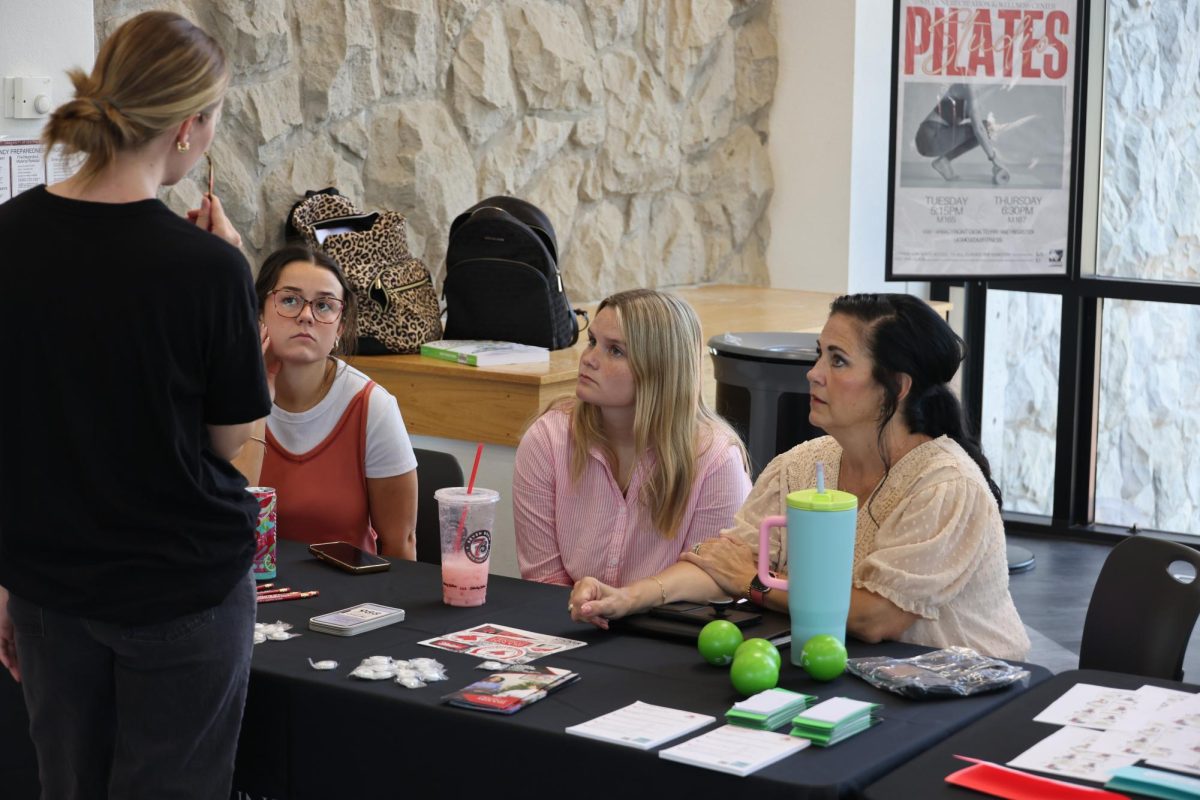
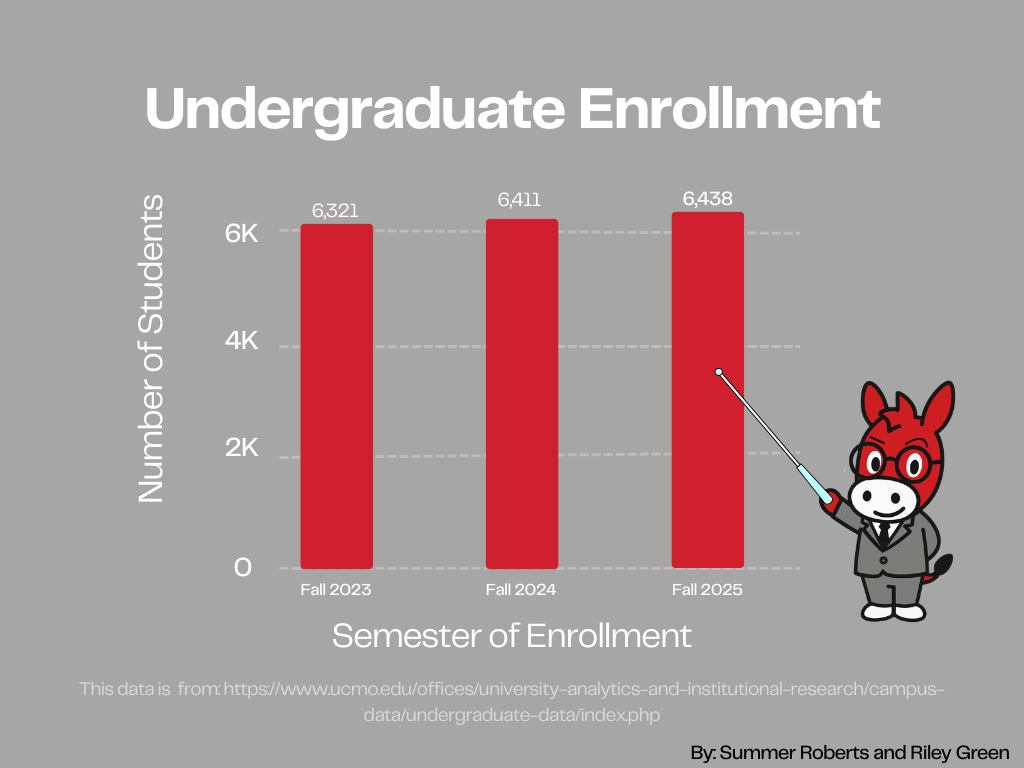

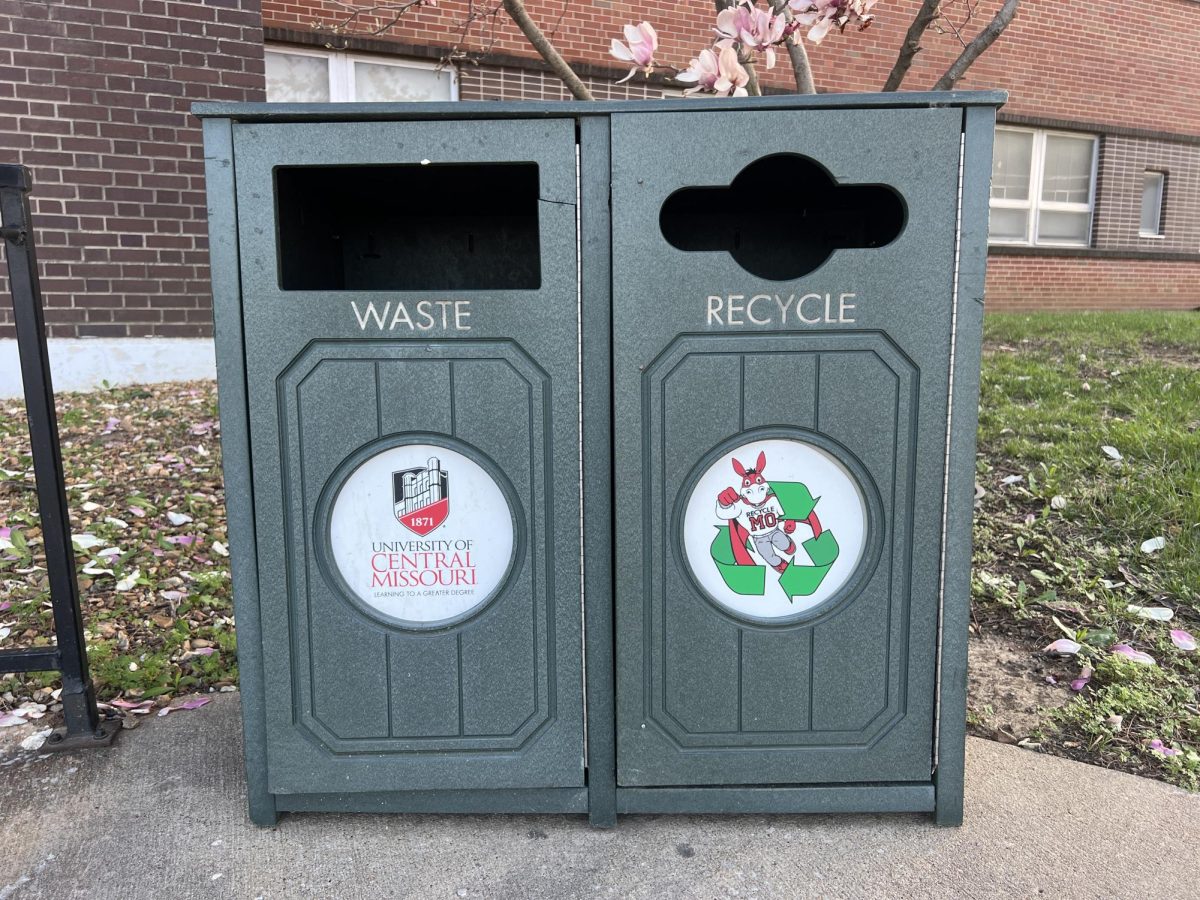
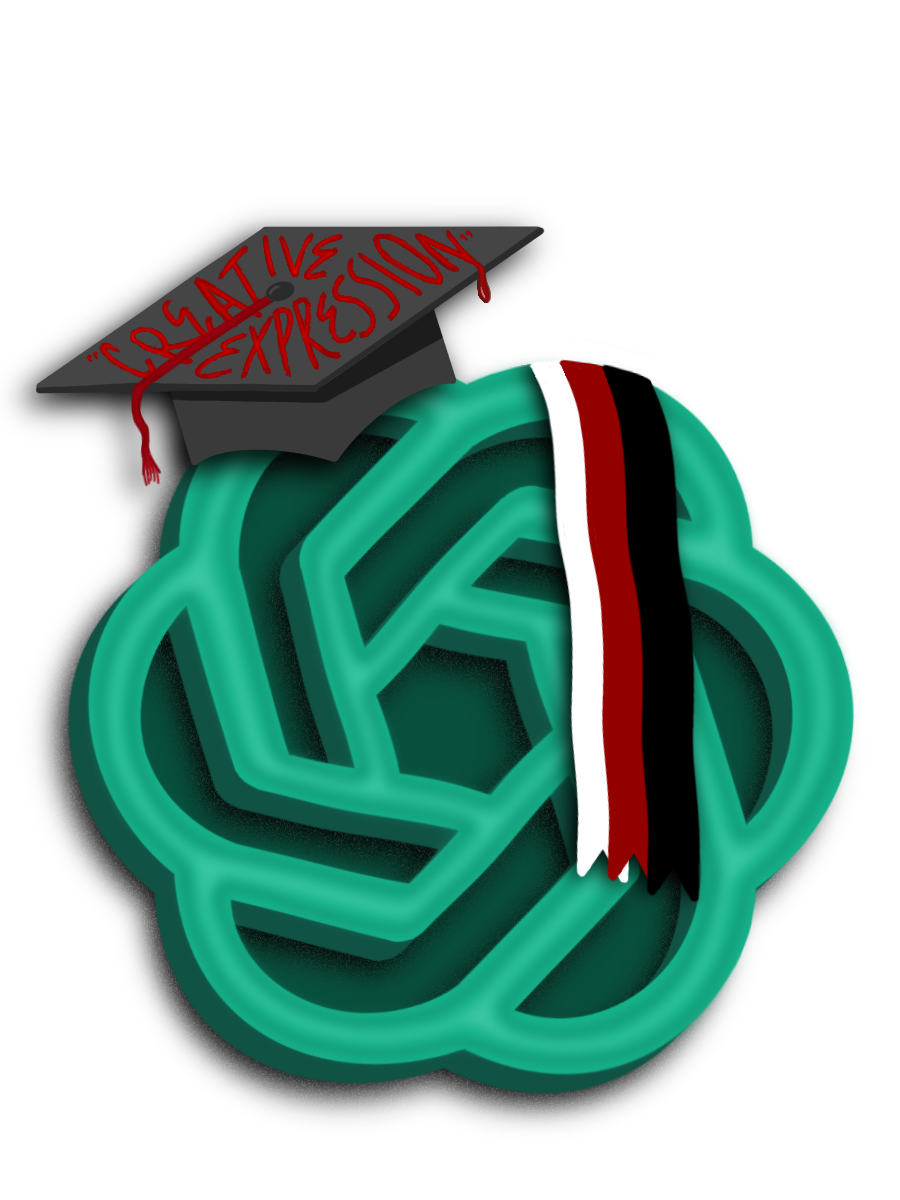
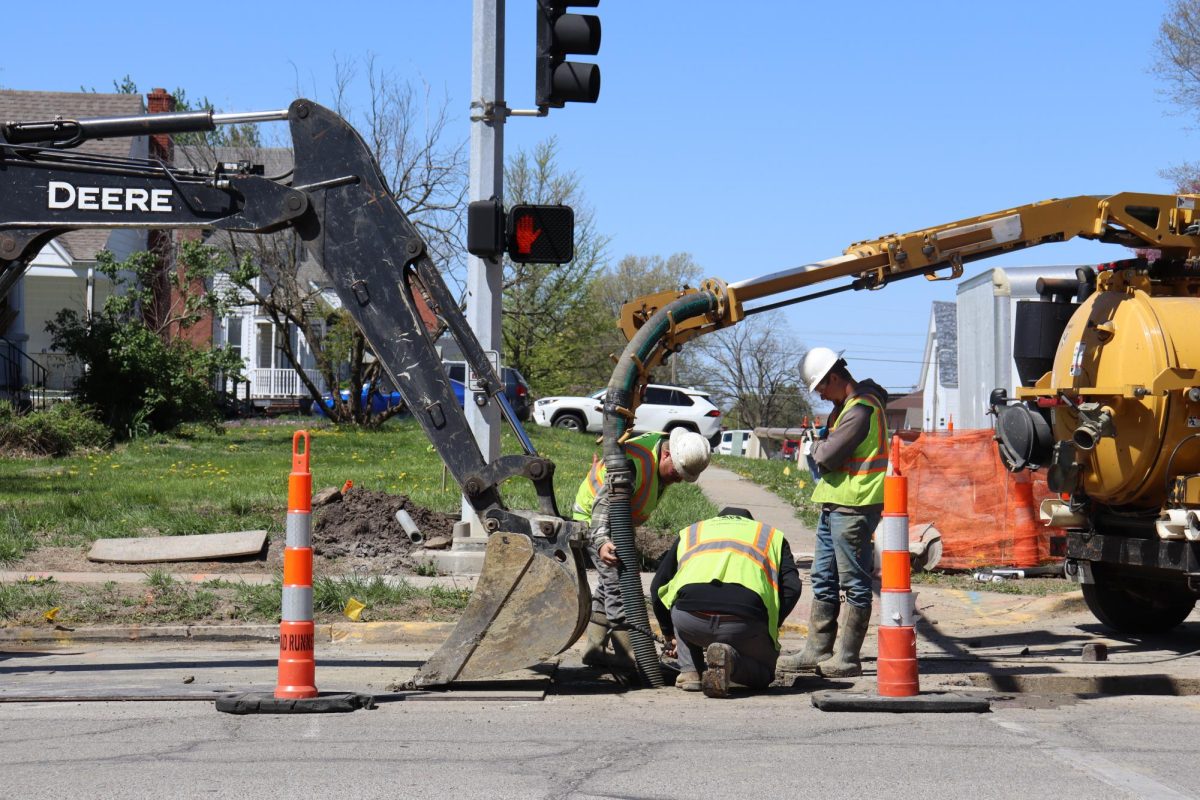
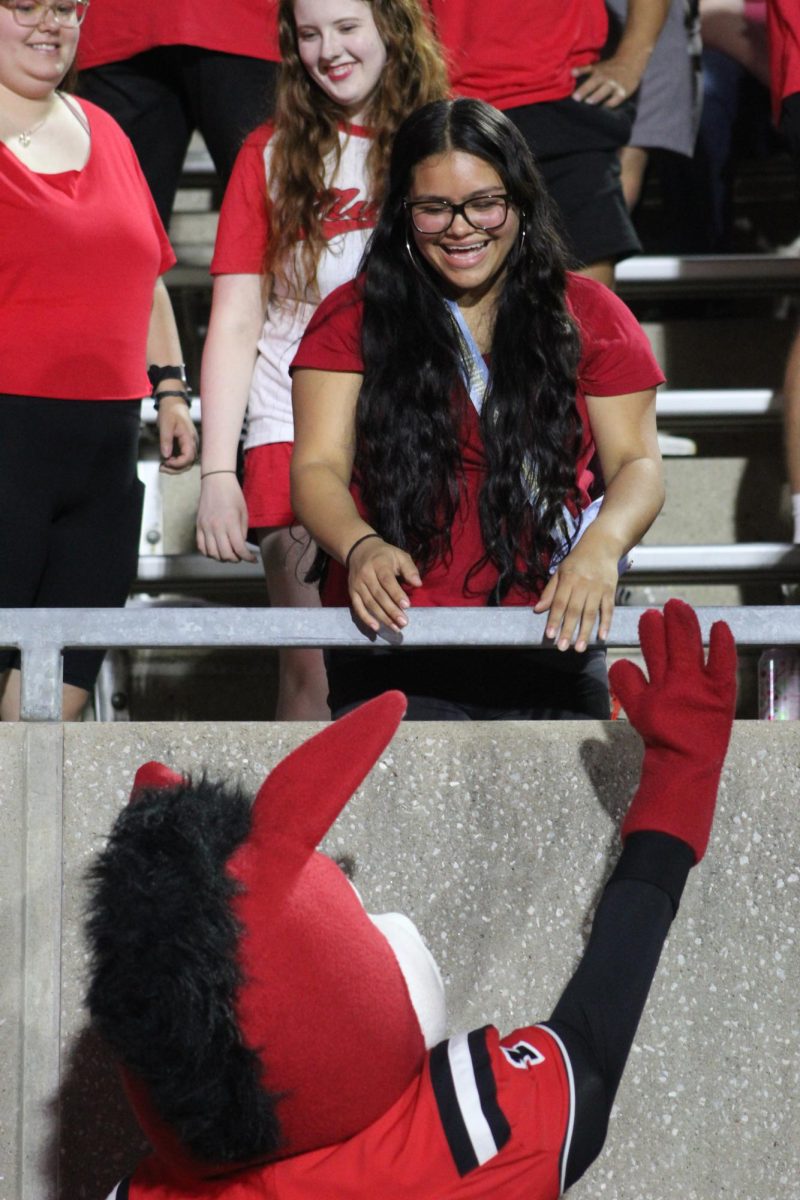
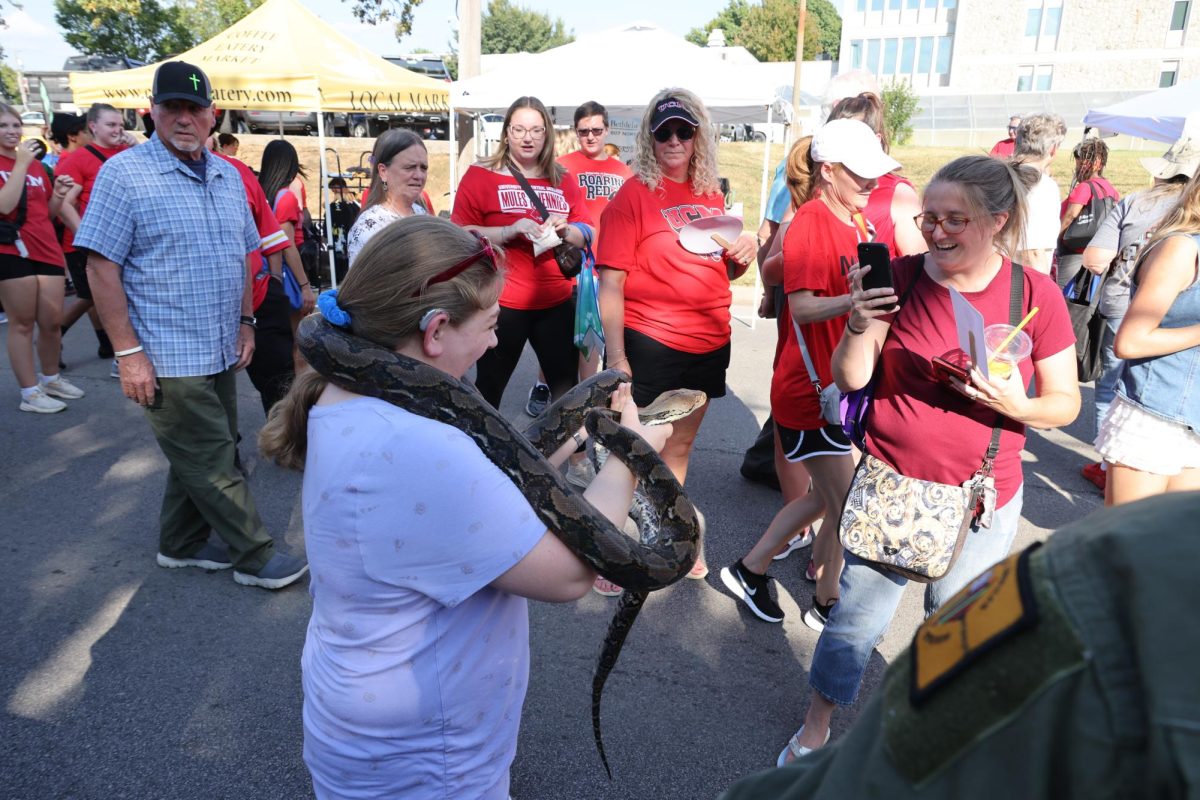
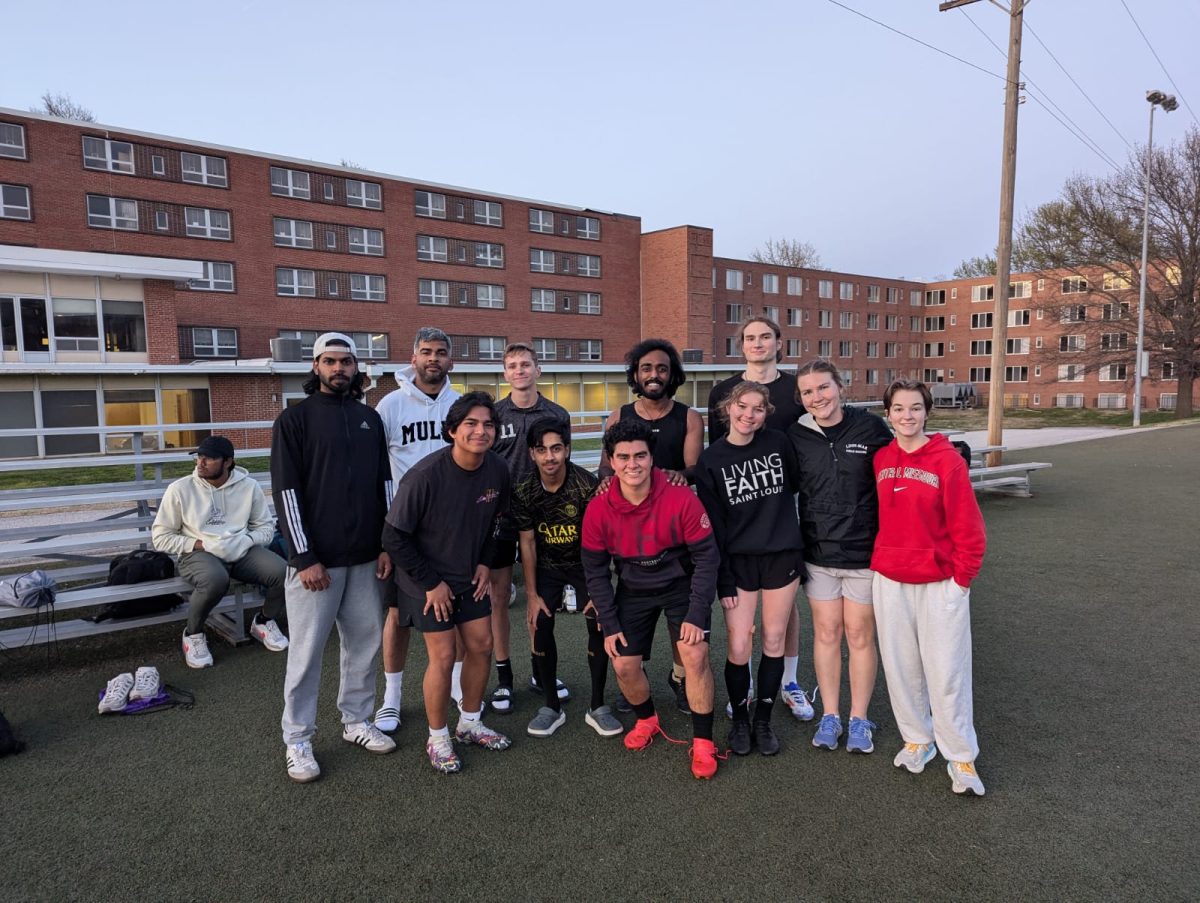
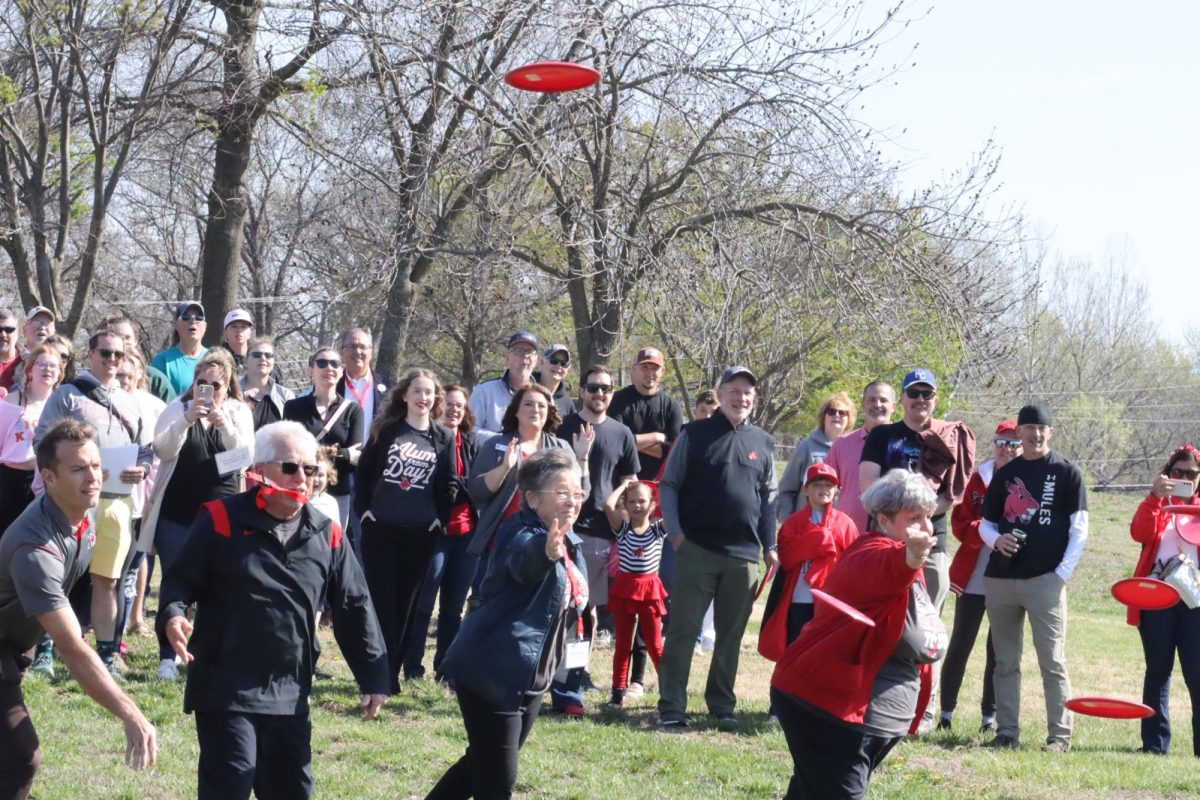
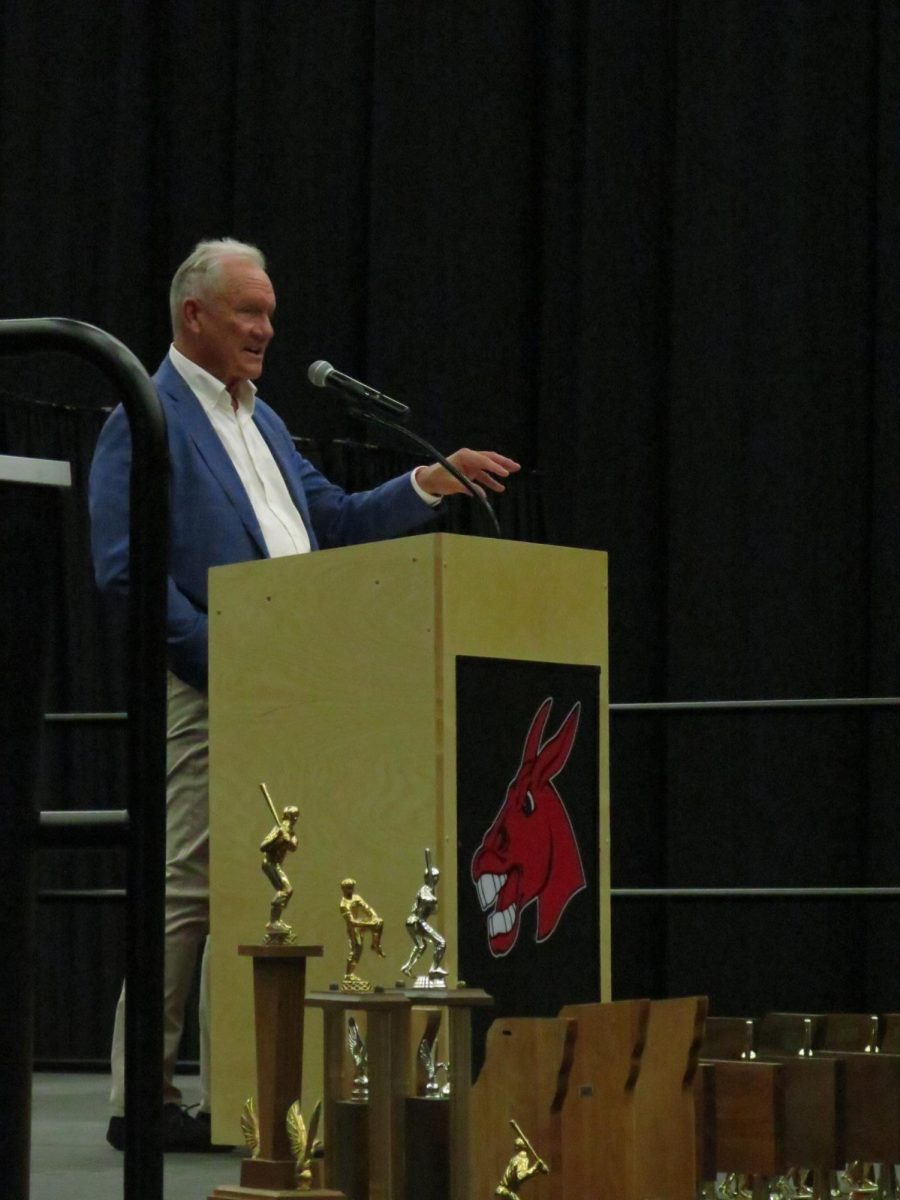
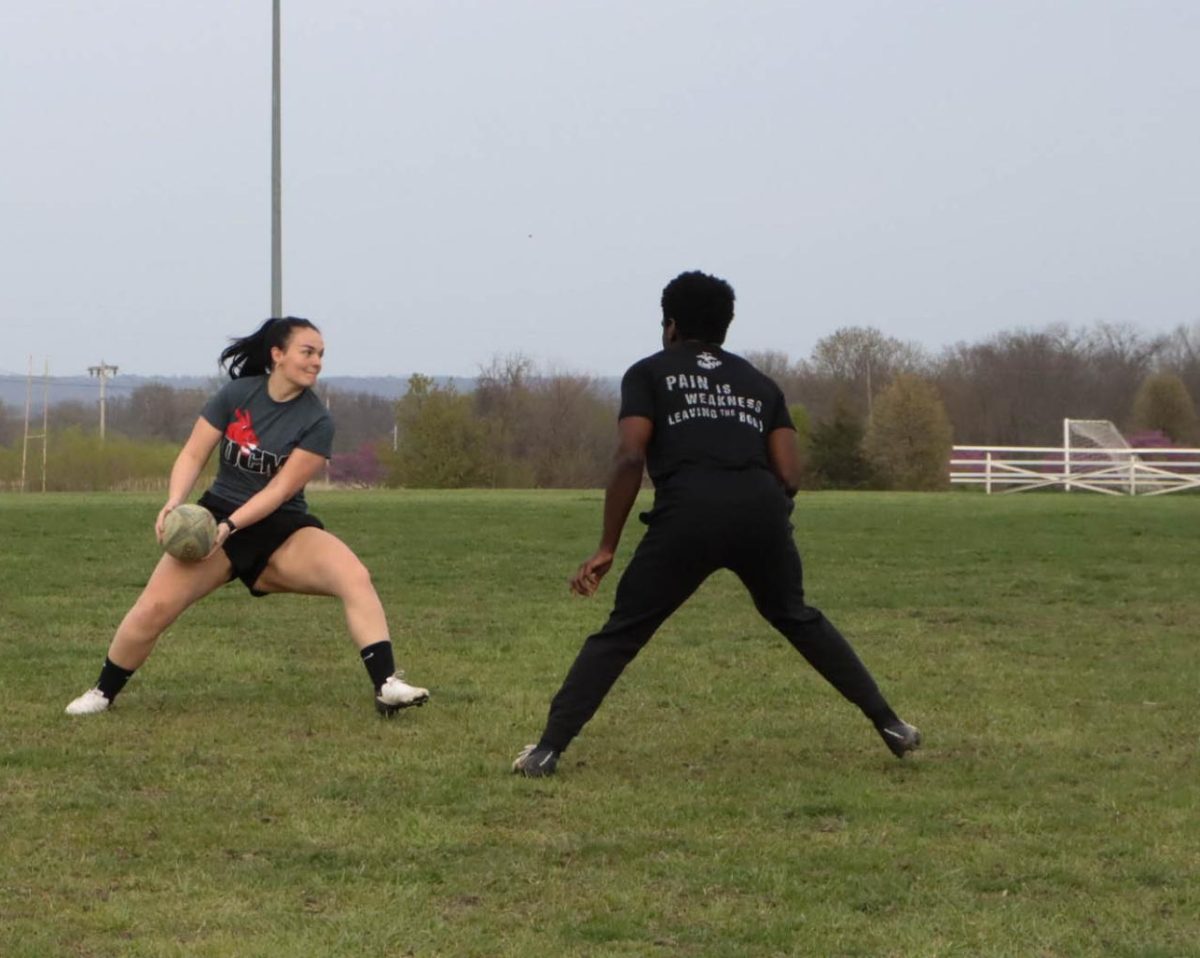
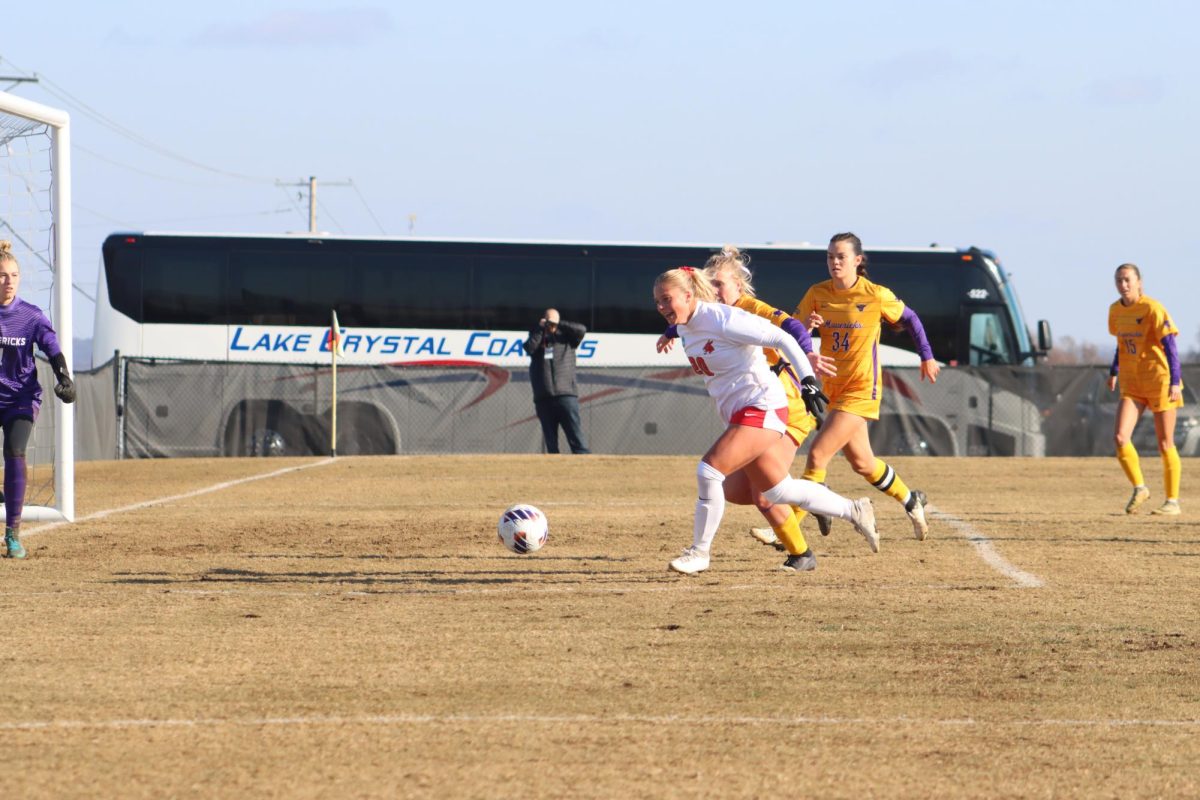
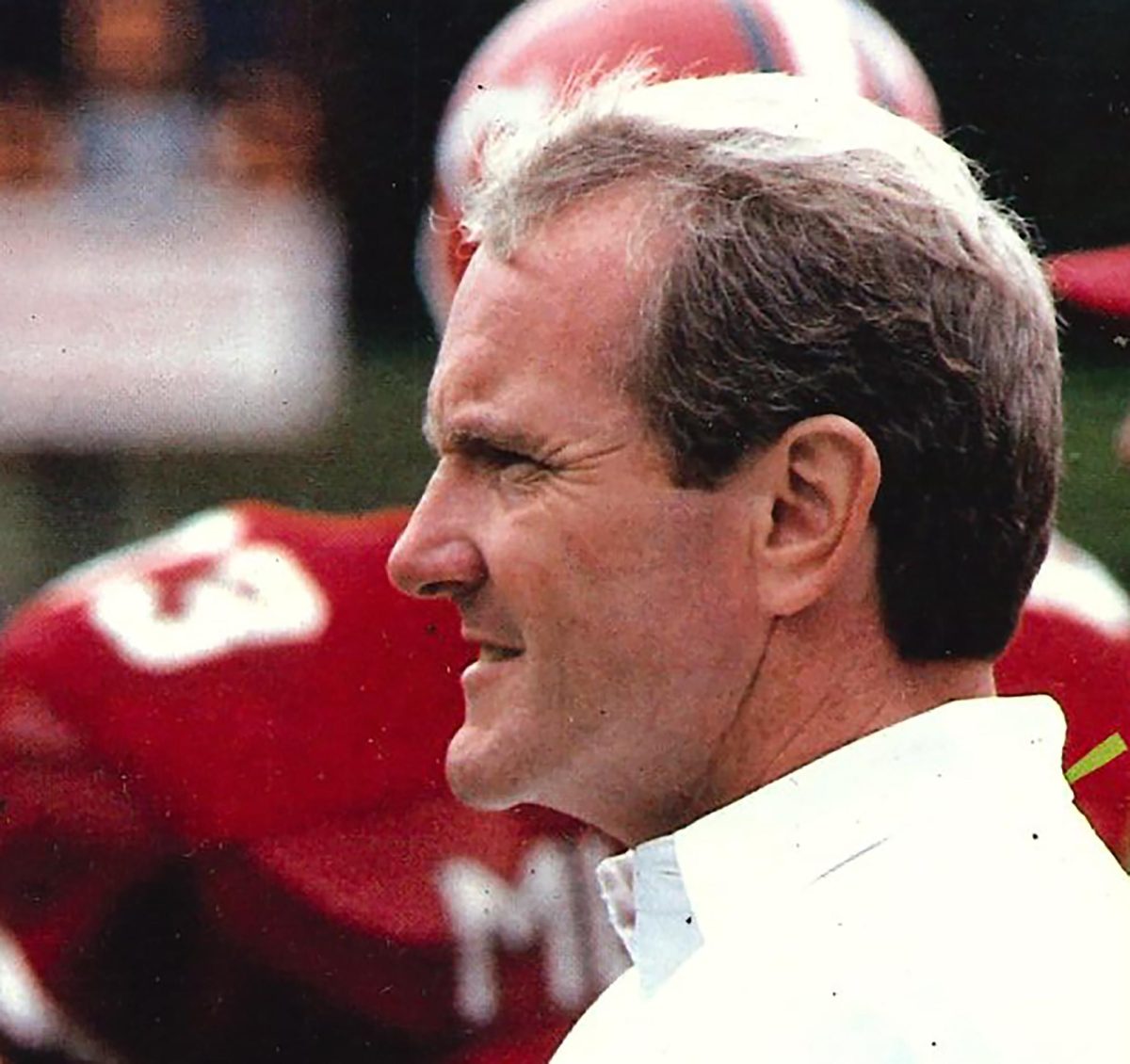
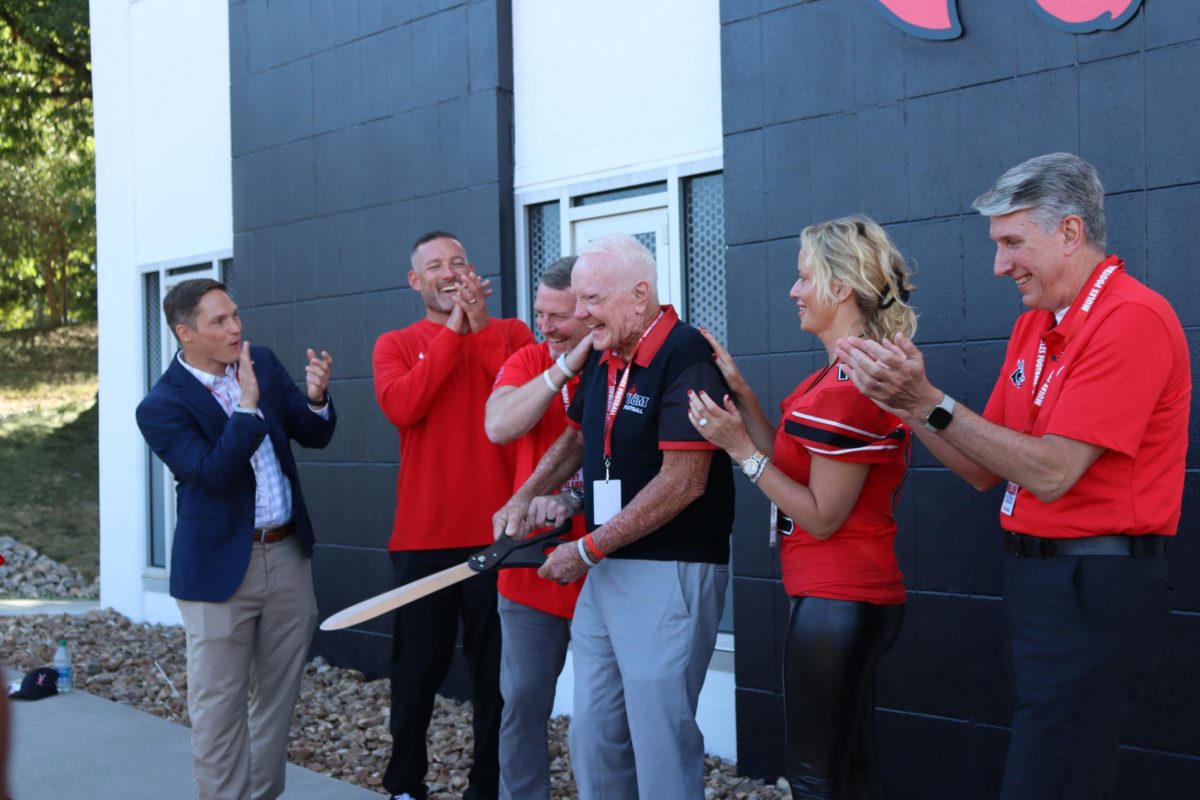


Joe Moore • Sep 28, 2018 at 3:41 pm
Great story, Jason. You took a really technical story and made it very relateable.
I personally want to give HUGE credit to Darin Plummer and Scott Hofsommer. I may have started the sports broadcasting program, but Scott as the instructor of record and Darin as the engineer have taken it to a WHOLE new level. The tools they are equipping our students with are beyond anything I could have ever dreamed of!